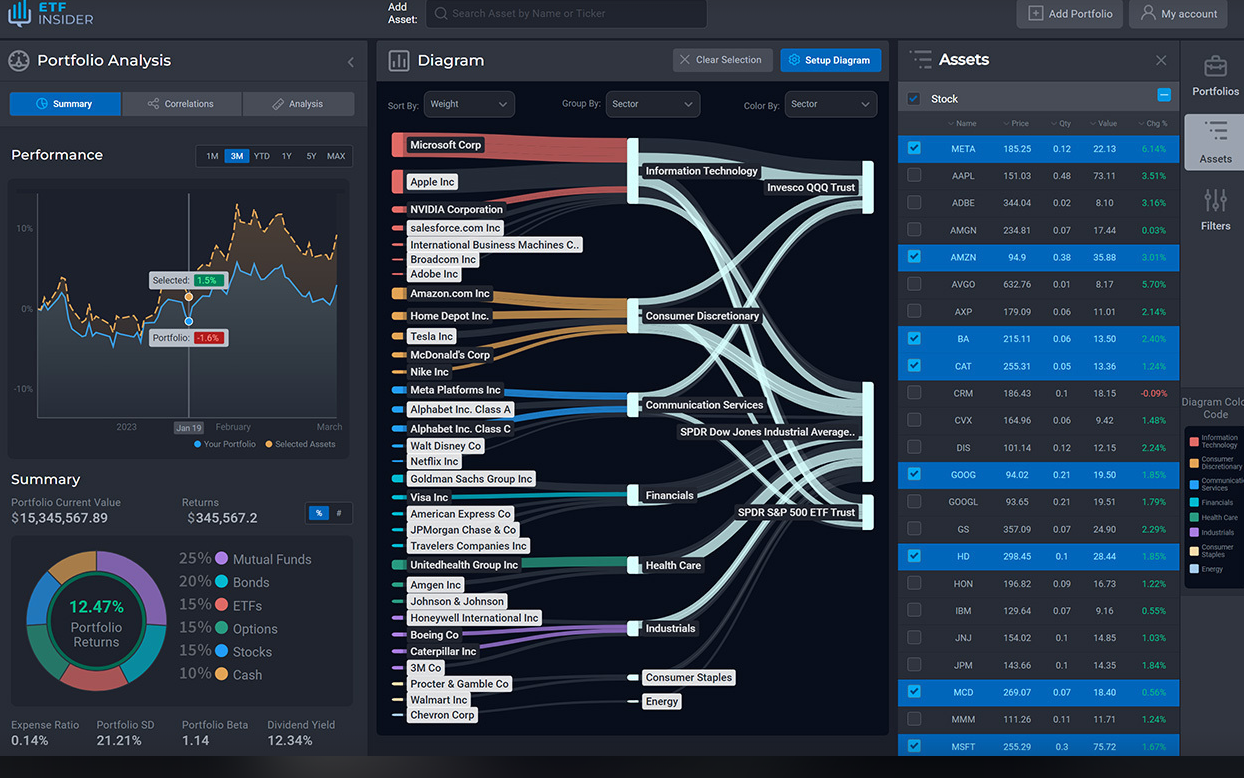
What is the RJA ETF ?
Welcome to our ultimate guide on Exchange-Traded Funds (ETFs) and financial instruments. In this article, we'll take an in-depth look at the RJA ETF, its overview, underlying assets, benefits, and essential considerations before investing. Whether you're a seasoned investor or a beginner looking to explore the world of ETFs, this article is designed to provide valuable insights to make informed financial decisions.
RJA ETF: Overview
The RJA ETF, also known as the "RJA Commodity Index Linked ETN," is an exchange-traded note issued by the Elements Exchange-Traded Notes. The ETF is designed to track the performance of the Rogers International Commodity Index - Agriculture Total Return, providing investors exposure to agricultural commodities. It is an attractive option for those seeking to diversify their portfolio by adding commodities to the mix.
RJA ETF Underlying and Exposure: What Does it Track and How?
The RJA ETF derives its value from the performance of the Rogers International Commodity Index - Agriculture Total Return. This index comprises a diversified basket of agricultural commodities, including grains, livestock, and soft commodities. The ETF's performance is directly linked to the price movements of these underlying assets. By investing in RJA, investors gain exposure to the agriculture sector without directly owning the physical commodities.
 RJA overlap What is the RJA ETF ?
RJA overlap What is the RJA ETF ?
RJA ETF: Benefits of Investing in This ETF
Investing in the RJA ETF offers several compelling benefits. Firstly, it allows investors to participate in the potential growth of the agriculture sector, which plays a crucial role in the global economy. Moreover, RJA provides an efficient way to diversify an investment portfolio beyond traditional asset classes like stocks and bonds. Additionally, as an ETF, RJA offers liquidity, making it easy for investors to buy or sell shares on the stock exchange.
RJA ETF: Considerations Before Investing
While RJA ETF offers various advantages, investors should be aware of certain considerations before investing. As an agricultural commodity-focused ETF, it may be more volatile than broad-market indices. Commodity prices can be influenced by factors like weather conditions, geopolitical events, and supply-demand dynamics. Therefore, it's essential to understand the risks associated with the agriculture sector and consider one's risk tolerance before investing in RJA.
Conclusion:
Exchange-Traded Funds like the RJA ETF present an excellent opportunity for investors to diversify their portfolios and gain exposure to specific sectors, such as agriculture. However, before making any investment decisions, thorough research and careful consideration of risks are crucial. As with any investment, it's recommended to consult with a financial advisor to align the investment strategy with individual goals and risk tolerance.
Disclaimer: This article is for informational purposes only and does not provide investment advisory services. All investing involves risk, and past performance does not guarantee future results. Please consult with a qualified financial advisor before making any investment decisions.
Sources:
RJA ETF issuer
RJA ETF official page
RJA quote and analysis
Discover the top holdings, correlations, and overlaps of ETFs using our visualization tool.
Our app allows you to build and track your portfolio.
To learn more about the RJA Elements Rogers International Commodity Index-Agriculture Total Return ETN, access our dedicated page now.
FAQ
What is the RJA ETF?
The RJA ETF, also known as the iPath Bloomberg Agriculture Subindex Total Return ETN, is an exchange-traded note that aims to track the performance of an index representing the agriculture sector.
What is the underlying index that the RJA ETF aims to track?
The RJA ETF aims to track the performance of the Bloomberg Agriculture Subindex Total Return, which includes various agriculture-related commodity futures contracts.
What types of commodities are included in the RJA ETF?
The RJA ETF includes commodities such as corn, wheat, soybeans, and sugar, among others. These commodities represent the agriculture sector, providing investors exposure to the performance of these agricultural commodities.
How does the RJA ETF work?
The RJA ETF is an exchange-traded note, which is a debt security issued by a financial institution. It is designed to track the performance of its underlying index by holding a portfolio of futures contracts on agriculture commodities. The value of the ETN fluctuates based on the performance of the commodities in the index.
What are the advantages of investing in the RJA ETF?
Investing in the RJA ETF allows investors to gain exposure to the agriculture sector without needing to directly own and manage commodity futures contracts. It offers diversification across multiple commodities and can serve as a potential hedge against inflation and geopolitical uncertainties.